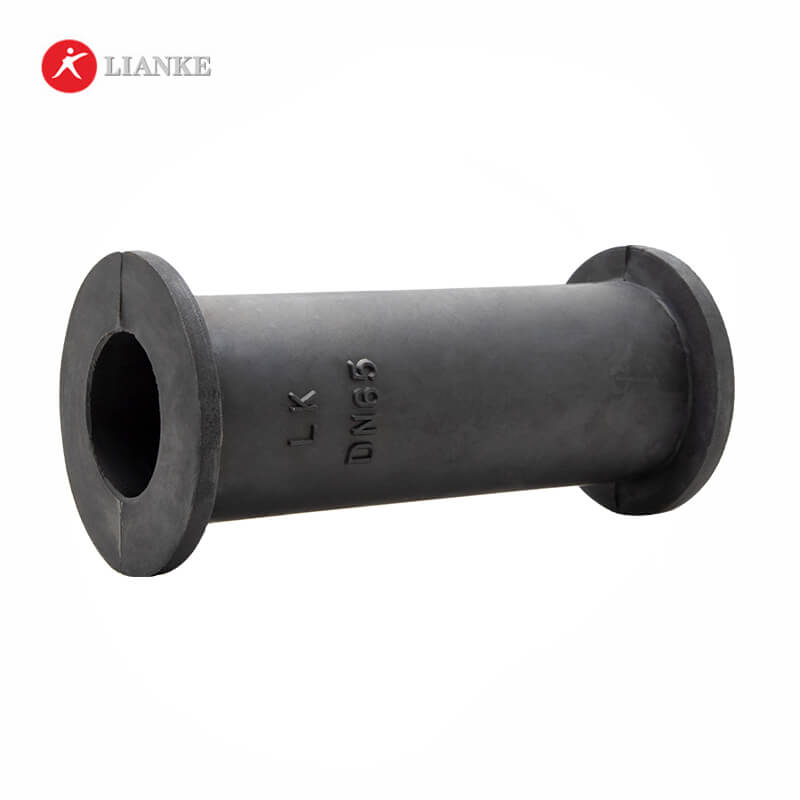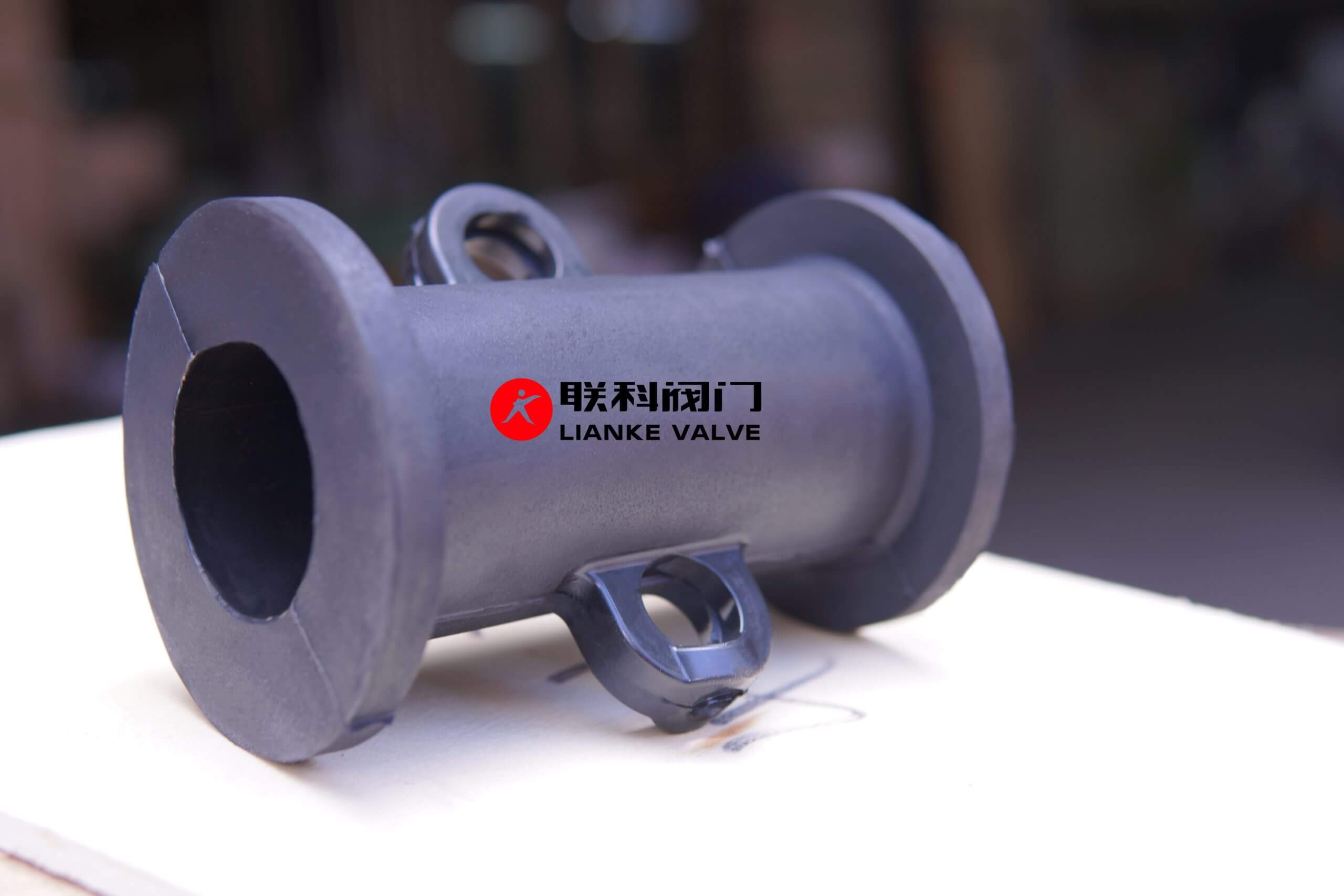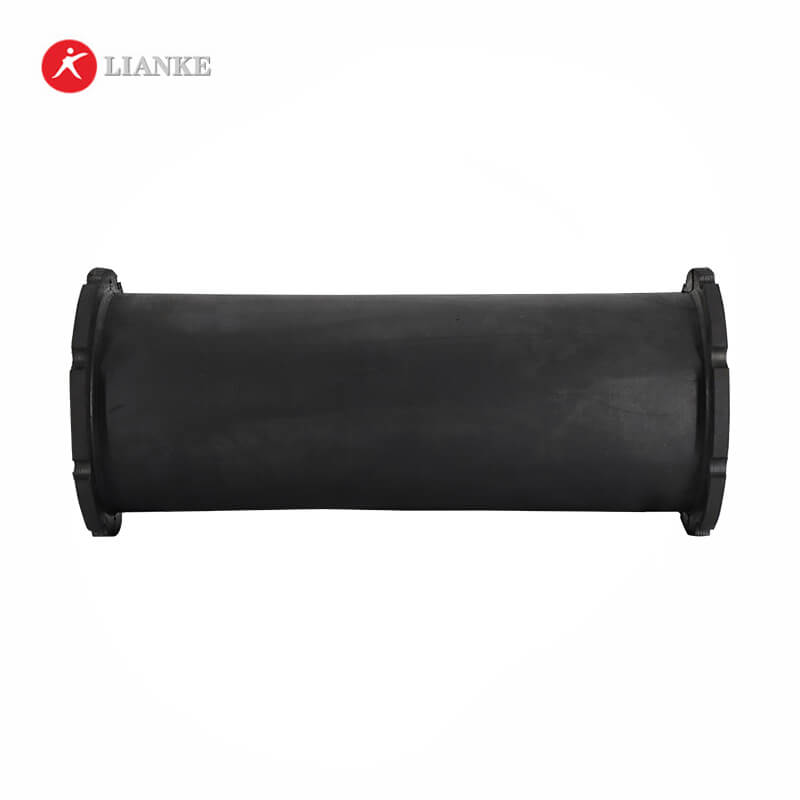


Our pinch valve sleeve materials currently include Linke’s patented 38-series Nadiflex composite rubber, Q-grade NR natural rubber jointly sourced from Lanxess and Mitsui, EPDM ethylene propylene rubber, SI6501 high molecular silicone rubber, and NBR nitrile rubber. Additionally, we offer specialized pinch valve sleeve materials such as Hypalon rubber, CR-grade chloroprene rubber, and B-grade IIR butyl […]

Our pinch valve sleeve materials currently include Linke’s patented 38-series Nadiflex composite rubber, Q-grade NR natural rubber jointly sourced from Lanxess and Mitsui, EPDM ethylene propylene rubber, SI6501 high molecular silicone rubber, and NBR nitrile rubber. Additionally, we offer specialized pinch valve sleeve materials such as Hypalon rubber, CR-grade chloroprene rubber, and B-grade IIR butyl […]

Our pinch valve sleeve materials currently include Linke’s patented 38-series Nadiflex composite rubber, Q-grade NR natural rubber jointly sourced from Lanxess and Mitsui, EPDM ethylene propylene rubber, SI6501 high molecular silicone rubber, and NBR nitrile rubber. Additionally, we offer specialized pinch valve sleeve materials such as Hypalon rubber, CR-grade chloroprene rubber, and B-grade IIR butyl […]

Our pinch valve sleeve materials currently include Linke’s patented 38-series Nadiflex composite rubber, Q-grade NR natural rubber jointly sourced from Lanxess and Mitsui, EPDM ethylene propylene rubber, SI6501 high molecular silicone rubber, and NBR nitrile rubber. Additionally, we offer specialized pinch valve sleeve materials such as Hypalon rubber, CR-grade chloroprene rubber, and B-grade IIR butyl […]